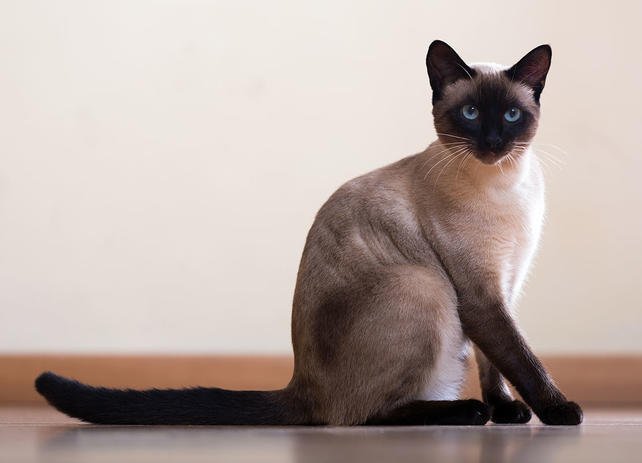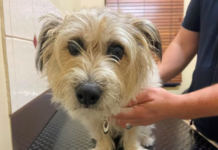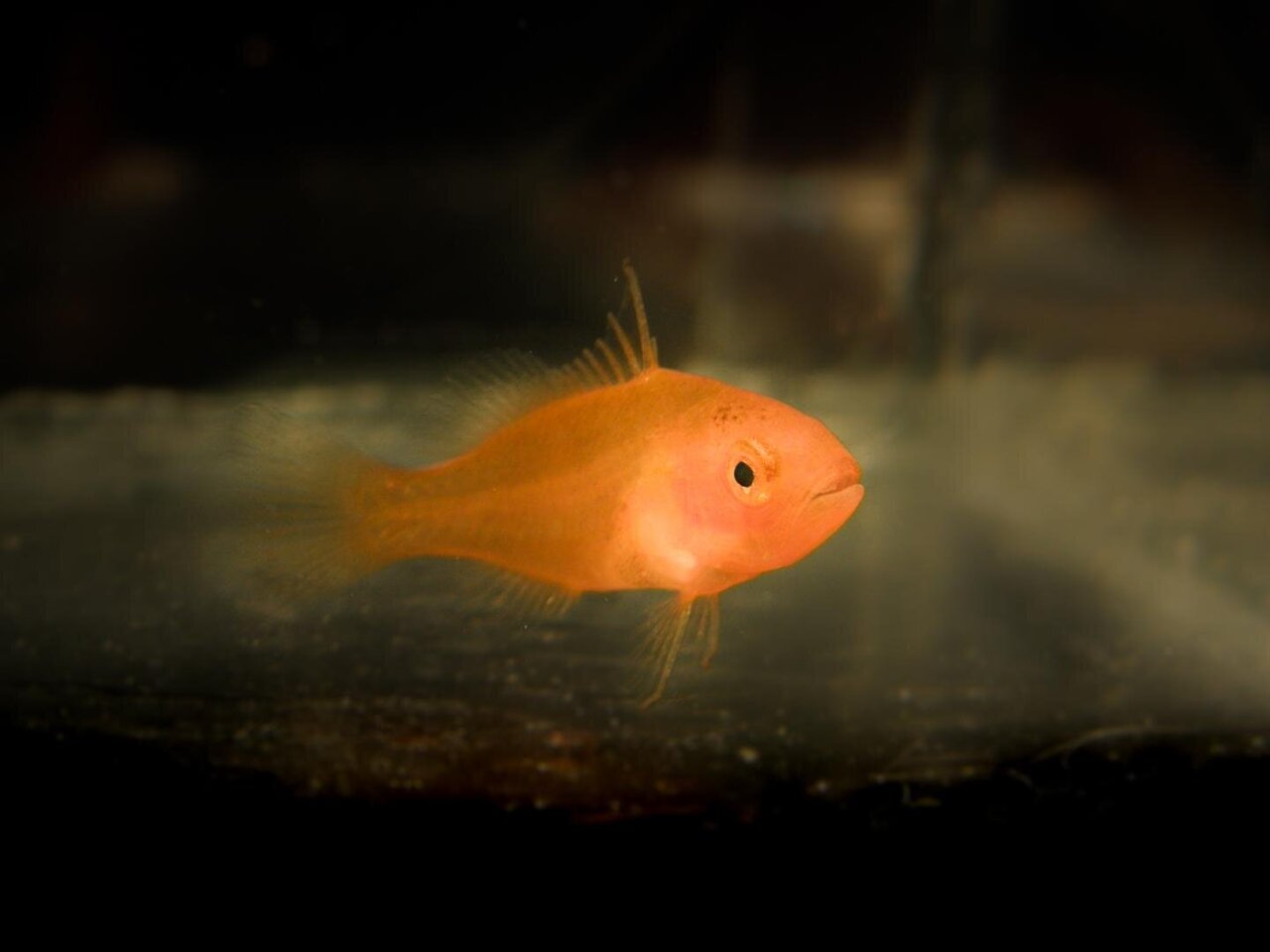Last Updated on July 2, 2021 by Fumipets
Siamese cats are probably best recognised for their sleek, unique look, which makes them a popular choice for show cats. Even though many Siamese cats are silver-grey in colour with blue eyes, the coats of these lovely cats may be any colour including orange, brown, cream, blue or lilac, to name a few options. Nevertheless, Siamese cats are much more than just beautiful creatures with strangely appealing appearances!
You may not be aware that Siamese cats are among the oldest breeds of domesticated cats in the world or that the colour of their coat is influenced by their genetics as well as the temperature of their environment! Well, this is true!
In this care guide we’ll explore the physical features of this fantastic pet and why you should consider getting one.

1. Coat Coloring
Previously, we mentioned that Siamese cats’ coats may come in a wide variety of colours, and that these colours aren’t only determined by heredity.
Several gene sets are involved in the determination of a cat’s coat colour, and modifier genes are involved in the determination of the pattern of a cat’s coat. Siamese cats have a unique modifier gene that prevents pigment from forming in their fur, resulting in albinism. In fact, due to the wonders of scientific discovery, the modifier gene for albinism can only alter the cat’s hair when the temperature is above a specific point—or between 100 and 102.5 degrees, to be more exact.
When the temperature of a Siamese cat’s body goes below 100 degrees —or when the cat is exposed to a cooler environment—her genes for coat colour switch back on, allowing pigment to be sent back to her hair. It is around the nose, ears, paws, and tail of Siamese cats that pigment is most frequently deposited since the cat’s body is colder in that area.
The majority of Siamese cats are born entirely white, and their markings appear few weeks after their conception because the womb is very warm and prevents the cat’s colour gene from reaching her fur, she has a white coat. Cats who have been born in a colder environment for a few weeks will begin to acquire pigment on their faces, tails, and paws after being exposed to the colder environment for a couple of weeks.
:max_bytes(150000):strip_icc()/37587975_889760374551318_78404718182793216_n-5b69b5cb46e0fb00505791e1.jpg)
2. A Relic of the Past
No one knows exactly when Siamese cats were originally tamed and bred, although most people think they originated in Thailand in the 14th century, when they first appeared in a Thai book, according to popular belief. This would make them one of the world’s oldest cat breeds, and they would rank among the oldest in the world.
3. Common Characteristics
Siamese cats with crossed eyes and crooked, kinked tails have been common for quite some time now. Despite the fact that these characteristics were definitely the consequence of specific hereditary variables, numerous tales provided other reasons for the unusual look of Siamese cats.
In one mythical tale, a troop of Siamese cats were entrusted with the responsibility of protecting a golden, royal cup. While carrying out their responsibilities, the cats fixed their gaze on the goblet with such fervour that their eyes crossed. They also developed a permanent bend on their tails as a result of wrapping them around the goblet for additional protection.
Till today, there are Siamese cats with crossed eyes and crooked tails, although they are not nearly as prevalent as they once were. These characteristics were deemed “undesirable” by cat fanciers, and they were deliberately bred out of the cats. We believe the cats are just carrying out their security guard responsibilities!

4. Royal Treatment
Hundreds of years ago, Siamese cats were prized by Thai royal families for their unique, exotic, and attractive looks. Today, they are still cherished for their beauty and elegance. The members of these royal families really thought that when they died, their souls would be received by a Siamese cat, and that the cat would spend the remainder of his long life living in a temple and being treated by monks and priests.
5. Presidential Cats
Despite the fact that Siamese cats have been domesticated in Asia for generations, they didn’t make their way to the United States until the late nineteenth century. Lucy Haye, the wife of President Rutherford B. Haye, was one of the first known owners of a Siamese cat, which implies that Siamese cats have a long history at the White House as well. Her Siamese cat, called Siam, was given to her as a gift by a United States ambassador stationed in Thailand.
6. Movie Stars
Siamese cats appeared in films such as The Incredible Journey, The Lady and the Tramp, and That Darn Cat!, all of which were released in the 1960s. In fact, the whole narrative of That Darn Cat! revolves around a Siamese cat called DC (also known as Darn Cat) who assists in the prevention of an abduction.
While DC from That Darn Cat! was instrumental in preventing a fictitious abduction, two real-life Siamese cats were instrumental in thwarting espionage in the 1960s. It was believed by their owner that two Siamese cats residing in the Dutch embassy in Moscow, Russia, were clawing at a wall because they were responding to a noise that couldn’t be heard by the human ear. Thirty tiny microphones were found hidden behind the wall, proving him correct.

7. Daily Life
These cats, particularly Siamese kittens, exhibit an astonishing amount of activity for their little fuzzy bodies. The breed, according to Kranz, “will need a great deal of contact and mental stimulation in order to be happy and healthy.” “These aren’t your average couch potato kitties.”
Because of the Siamese’s high intellect, you’ll need to lavish them with love in order to prevent them from feeling ignored. You may help him remain occupied by adopting a pair of Siamese cats, or by bringing home a Siamese and another breed. After all, no one can resist a playmate who is available at all times!
However, even if they have other feline companions with whom to play fetch and bat crinkly toys, these people-oriented cats are unable to tolerate being left alone for an extended period of time. The Siamese cat flourishes in a household where people spend a lot of time with it, and being apart from humans for extended periods of time may make these cats sad and nervous. Do not be shocked if you return home to discover vases knocked over and toilet paper rolls shredded if you have left your Siamese to his own devices for an extended period of time.
8. A Talkative Breed
If you have a Siamese cat (or have spent any amount of time around one), you are probably aware of how chatty they are. Siamese cats will express their views on their food, observations they make through the window, and, in general, everything they come across during the day and night, even their owners.


















